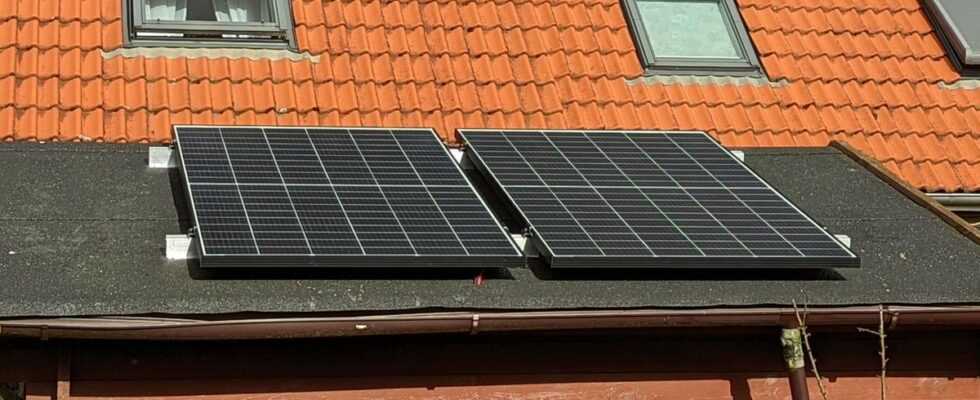Energy prices are constantly increasing. That is why many people are thinking about how they can save energy or even produce it themselves. Balcony power plants are a trend that is now finally catching on after years. More and more people want to have such a mini solar system to reduce their running costs. Now a first promotion is announced, which would halve the purchase price.
Balcony power plant: Braunschweig plans funding of 400 euros
Not everyone can build a huge solar system on their roof. The costs for this are immense and have to be managed first. Balcony power plants, which are often referred to as mini solar systems or plug-in solar systems, are much more practical and simple. Since the prices for electricity have risen so massively, the interest in the balcony power plants has increased massively – and at the same time the prices. If you paid about 500 euros for a 600-watt system more than a year ago, you now have to pay 800 euros (look on eBay). At least in Braunschweig the price could be halved (Source: BZ).
The city is planning a subsidy program for mini solar systems that are simply plugged into the socket. It should be possible to submit applications as early as April 2022. Up to 400 watts there should be 250 euros, up to 600 watts a whopping 400 euros. If you use most of the electricity you produce yourself, you can massively reduce the electricity bill – especially if you operate consumers when the sun is shining.
When purchasing electronic devices, you should look out for a good energy label in order to save money.
What makes balcony power plants so interesting?
A typical balcony power plant usually consists of one or two solar panels, an inverter and the connection cable. If you move at up to 600 watts with the inverter with NA protection, you can Simply plug the mini solar system into the socket. When the sun shines, the energy produced is consumed directly. A two-way electricity meter must also be installed. Old counters that can run backwards are not allowed. If you produce more energy than you consume, it goes back into the grid and is given away, so to speak. With good planning, this is only a fraction.
I myself have had my balcony power plant with 600 watts in the garden for almost a year now. Despite the not so optimal alignment and shadows from the afternoon, I produce 2-2.5 kW per day. In summer you can save electricity costs of up to 20 euros per month. Since I work in the home office, I use the energy mostly for the PC, monitor and Co. I have also changed my behavior by turning on the washing machine or dishwasher on the day when the sun is beating down. The same applies to charging the batteries of the e-bike. Last year I only lost 8 kW to the grid.
We put the same system in the garden shed of my parents (see title picture). It is perfectly aligned and currently (mid-March) makes more than 4 kWh per day when the sun is shining. In combination with their plug-in hybrid, the energy is also used well there. After about 5 years, the system should have already paid for itself. After that you get free energy. It can’t run any better.
